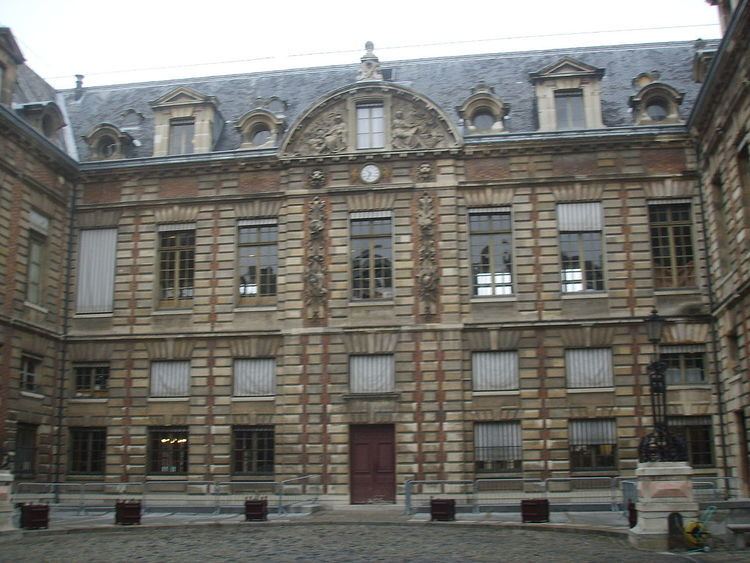Length 990 m (3,250 ft) From 2 Place André Malraux | Width 12 m (39 ft) Completed 23 November 1633 | |
 | ||
Quarter Palais Royal. Vivienne. Completion November 23, 1633 (from place Colette to rue Feydeau), October 18, 1704 beyond Arrondissements | ||
40 rue de richelieu 75001 paris
Rue de Richelieu is a long street of Paris, starting in the south of the 1st arrondissement, ending in the 2nd arrondissement. For the first half of the nineteenth century, before Baron Hausmann redefined Paris with grand boulevards, it was one of the most fashionable streets of Paris:
Contents
- 40 rue de richelieu 75001 paris
- Map of Rue de Richelieu Paris France
- Origin of the name
- Buildings of note
- References
Map of Rue de Richelieu, Paris, France
The Rue de Richelieu is called the Bond-street of Paris. Parallel with it, is the Rue Vivienne. They are both pleasant streets; especially the former, which is much longer, and is rendered more striking by containing some of the finest hotels in Paris. Hosiers, artificial flower makers, clock-makers, and jewellers, are the principal tradesmen in the Rue de Richelieu; but it has no similarity with Bond-street. The houses are of stone, and generally very lofty—while the Academie de Musique and the Bibliotheque du Roi are public buildings of such consequence and capacity (especially the former) that it is absurd to name the street in which they are situated with our own. The Rue Vivienne is comparatively short; but it is pleasing, from the number of flowers, shrubs, and fruits, brought thither from the public markets for sale. No doubt the Place Vendome and the Rue de la Paix claim precedence, on the score of magnificence and comfort, to either of these, or to any other streets; but to my taste there is nothing (next to the Boulevards) which is so thoroughly gratifying as the Rue de Richelieu. Is it because some few hundred thousand printed volumes are deposited therein?
Today it is most notable for scattered coin dealers and currency changers, being near the stock market (the Bourse).
Origin of the name
The name comes from Cardinal de Richelieu, Prime minister of King Louis XIII.
The street was originally called Rue Royale, then rue de Richelieu soon after. The name was changed to Rue de la Loi during the French Revolution; its name was given back in 1806.
